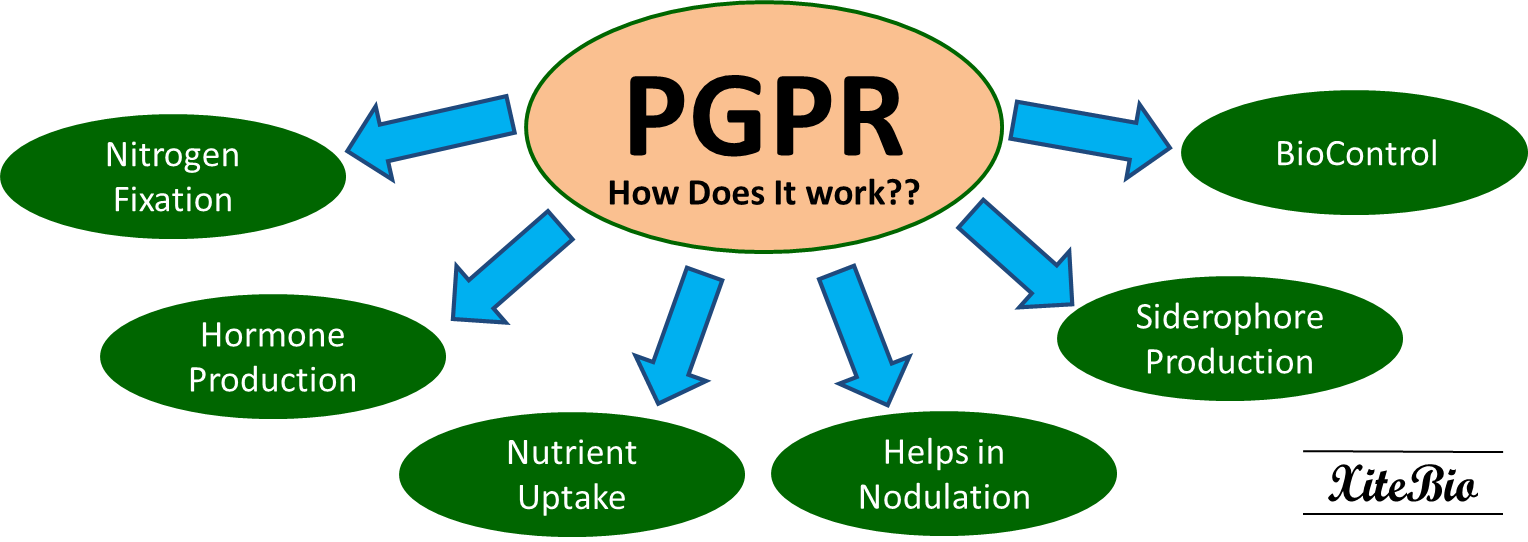When looking at crop inoculants and biologicals, you may have seen the mention of PGPR, or products that mention their use of PGPR to enhance plant growth. So what does PGPR mean? How does this affect your soil? How can this benefit your crops?
PGPR stands for Plant Growth Promoting Rhizobacteria, and refers to bacteria that live in the rhizosphere of a plant whose activity has a beneficial effect on the growth or health of that plant. The term rhizobacteria refers to bacteria that colonise plant roots or live within the rhizosphere, which is the portion of soil that lies directly in the reach of a plant’s root system.
The most common form of PGPR utilised in the Ag industry are nitrogen (N)-fixing bacteria, most commonly found as the active ingredient in inoculants. Nitrogen provided to the soil by bacteria in this way is referred to as biological nitrogen fixation (BNF), and accounts for the majority of N-fixation occurring on the planet. These bacteria enter a symbiotic relationship with the cells of a plant’s root system and to form nodules, wherein the bacteria supply their host with N fixed from the surrounding air, while the plant supplies the bacteria with carbohydrates and other nutrients.

Nitrogen fixation is only one of the tasks PGPR species can perform in your soil, with many other PGPR species performing various other tasks. For example, PGPR of the genus Bacillus are used in ag-biological products to aid and enhance soil quality. These bacteria do not form nodules like the N-fixing species do, but colonise the surface of a plant’s roots and promote growth and plant health by other means. This can include taking phosphorous that is bound in the soil in forms unavailable to plants and solubilising it into a form that the plant can uptake, or by releasing phytohormones into the surrounding soil to encourage early root development, leading to the plant acquiring all soil nutrients more easily.
Hopefully this has provided you with a basic understanding of PGPR, how they affect your soil and how they are utilised in biologicals and inoculants.
References:
Banerjee, M.R., Yesmin, L., Vessey, J.K. 2006. Plant-Growth-Promoting-Rhizobacteria As Biofertilizers and Biopesticides. In: Handbook of Microbial Biofertilizers. Haworth Press: New York, London, Oxford. pp. 137-181.


